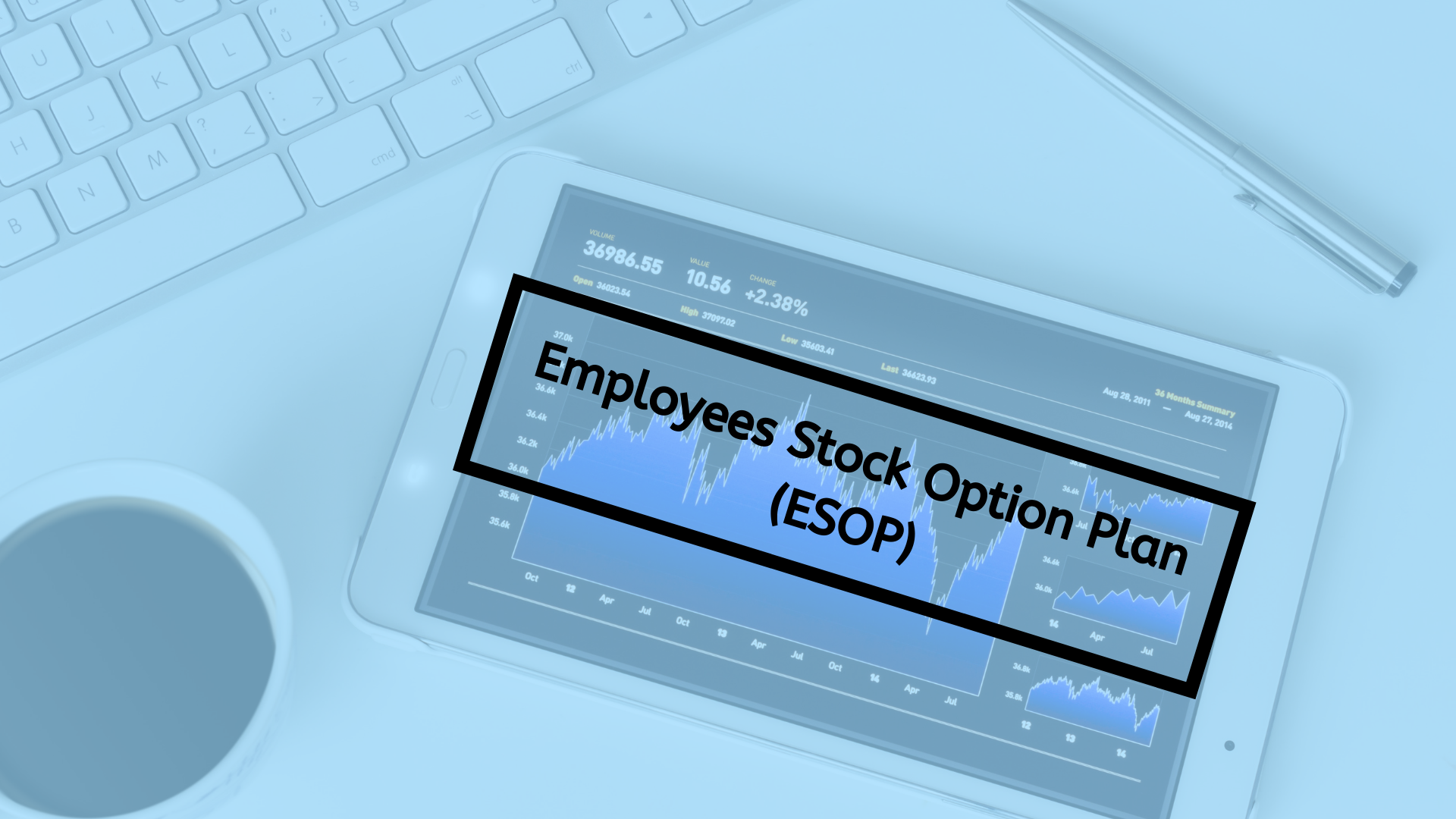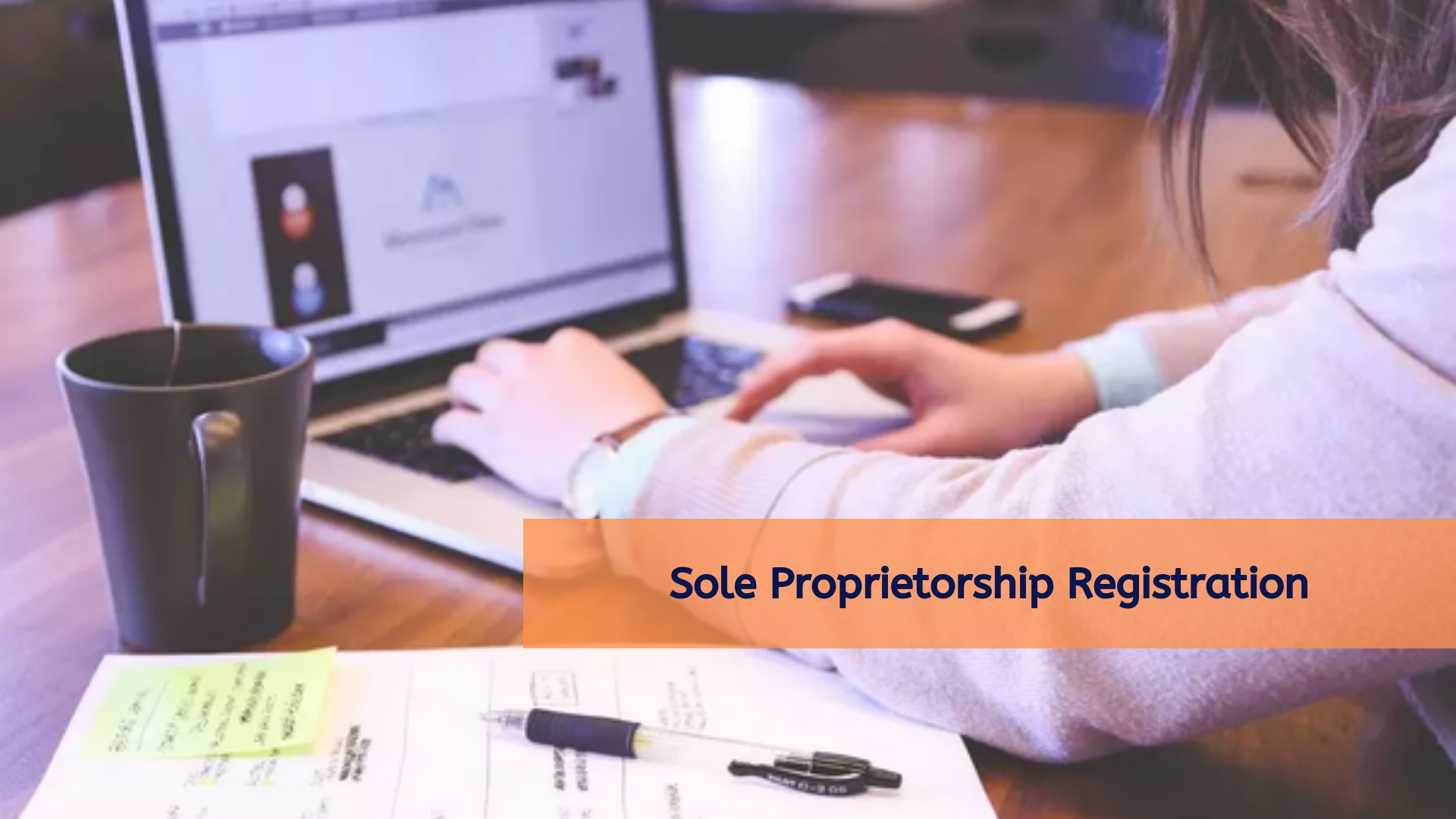Employee’s Stock Option Plan or ESOP or Employees Stock Ownership Plan is an employee benefit plan. It offers employees the option of having an ownership interest in the company they work for. While it was uncommon for organizations to offer ESOPs to their employees a decade ago, today, many companies have started considering it as a great way to reward and retain good employees. In this article, we will share all that you need to know about the Employees Stock Option Plan (ESOP) including how it works and the tax liability.
What is an Employees Stock Option Plan (ESOP)?
As mentioned above, when a company offers an ESOP, the employee gets the right to purchase a specific number of shares of the company. Further, these shares have a predetermined price and the employee can purchase them during a predetermined period(s).
Why do companies offer ESOPs?
Becoming a shareholder makes the employee more responsible as he/she owns a part of the company. Hence, if he/she works harder, then the company does better and the stock prices rise – a win-win proposition. Some companies offer an ESOP as a reward for their tenure or performance. It is also used by some companies as a tool to retain employees. These companies offer ESOPs in parts over an extended period. So, if the company offers 5000 shares to an employee via an ESOP, they do so in 5 sets of 1000 shares each. The employee can buy the next set only after he/she continues working for a certain duration.
Who is eligible for an ESOP?
A company can offer an ESOP to any of the directors, officers, or any employee of the company or of its holding, associate, or subsidiary companies.
Essential terms in Employees Stock Option Plans (ESOPs)
- “Optionee” – This is the holder of an outstanding option granted pursuant to an ESOP Plan.
- “Shares” or “ESOP Shares” – Once the optionee exercises the ESOP according to the scheme, he receives shares of a company. These are ESOP Shares.
- “Grant” or “ESOP Grant” – This is the event of offering an option to an eligible person by the way of a letter. Further, it is construed as complete when the options (employee) provides written acceptance of the offer.
- “Exercise Period” – This is the period during which the optionee (employee) is entitled to exercise the option in a specified manner.
- “Exercise Price” – This is the price per share that the optionee (employee) needs to pay at the time of exercise. Further, the letter of Grant specifies this price.
- “Vesting Period” – Sometimes there is a gap between the date of granting an ESOP to an employee and the date on which he/she can exercise their ESOP. This is the vesting period. Further, it is important that the company keeps the minimum vesting period in compliance with the applicable laws.
- “Vested Option” – This is an option where the option has completed the vesting period.
- Unvested Option” – This is an option where the option has not yet completed the vesting period.
How do Employees Stock Option Plans or ESOPs work?
Under the Employees Stock Option Plan, the company grants shares to an eligible person, pursuant to the plan. Further, it is important to note that this is a right and not an obligation. The optionee receives the right to apply for ESOP shares of the company during the exercise period at the exercise price. Also, this is subject to the vesting requirements.
The Grant letter and the Agreement that the company and the employee enter into, details the terms and conditions of the issue of ESOPs to the employee. If the employee is unwilling to accept the grant, then he must communicate the same to the company within 30 days from the date of receipt of the letter of Grant.
If the company does not receive the letter of non-acceptance, then it will assume that the employee has accepted the Grant. However, this does not mean that the company can compel the employee to exercise his/her option.
Tax Liability
For an employee, tax liability arises twice on ESOP shares.
- When he exercises the option and receives the transfer of shares; AND
- When he sells the shares.
An employee can default in making payments to the tax authorities connected with the ESOP and result in a tax liability arising on the company. In such cases, the employee agrees to compensate the company for any such payment made.
Mode of Payment for an ESOP
These are two methods for payment for an ESOP:
- Cash Exercise: The employee can directly remit the consideration amount to the company to exercise his/her option. Further, he can make this remittance via cash, crossed cheque, or demand draft, drawn in favor of the company. Further, the instrument must be payable at a location where the company has an office.
- Cashless Exercise: The company, at the sole discretion of the Board, may provide loans to the optionee. Further, this loan is not extended to a Director. The loan is to help employees exercise their options and is subject to the provisions of the Companies Act, 2013.
Transferability of ESOP Shares
The employee cannot transfer ESOP shares to another person.
Conclusion
Employee’s Stock Option Plans or ESOPs are a great incentive for employees. They motivate them, reward them, retain them, and allow them to feel a sense of ownership towards the company. However, exercising a good ESOP requires a lot of due diligence from the company as well as the employees. We hope that this article offered enough information to help you start considering offering ESOPs to your employees. After all, nothing beats a dedicated and committed employee, right? And, if he benefits in the bargain, then everyone wins!















